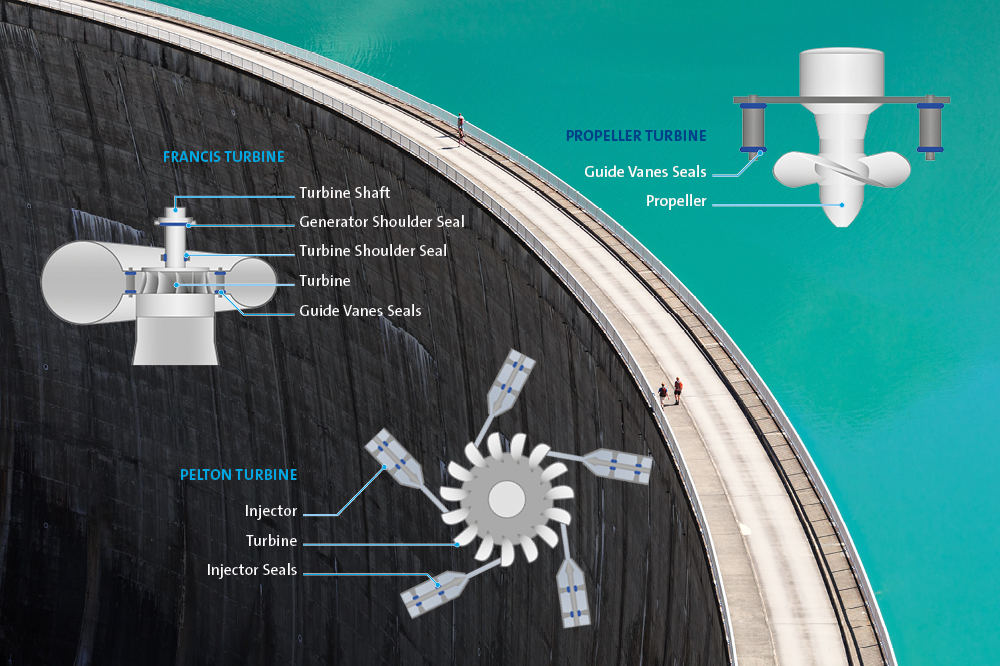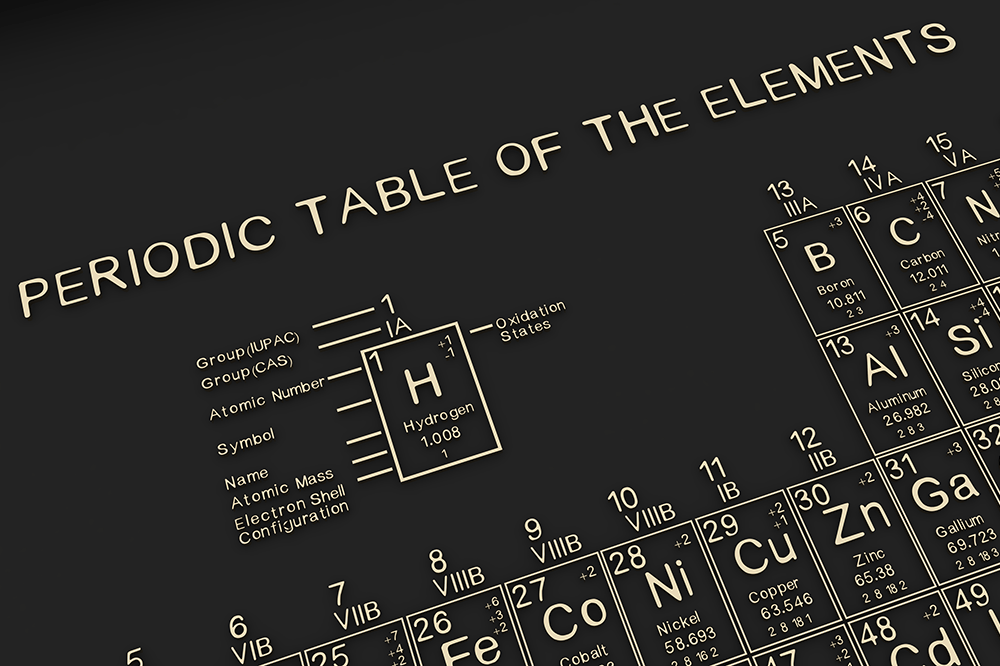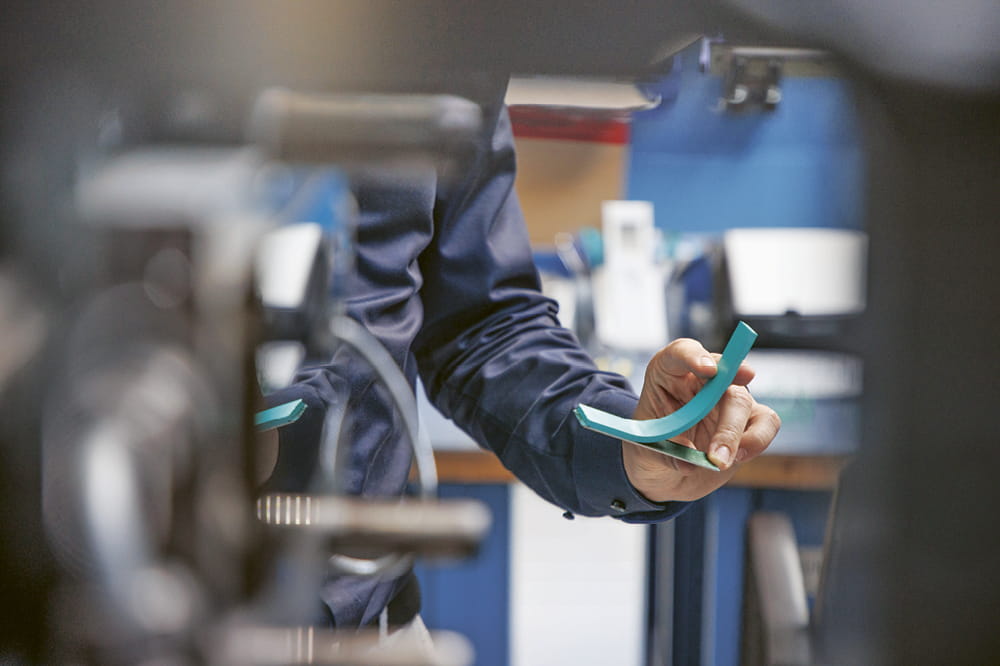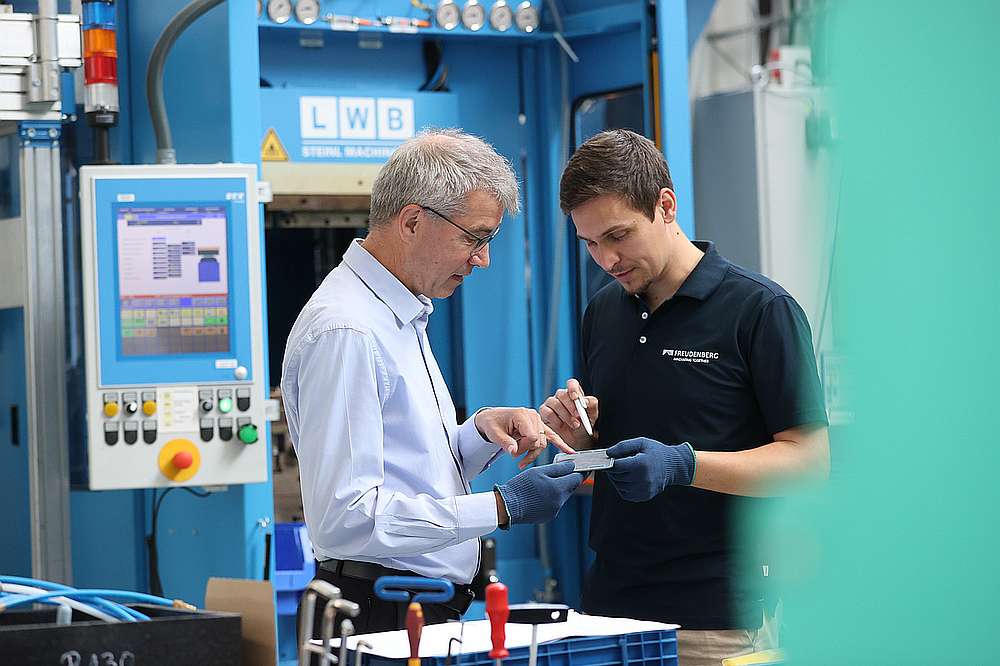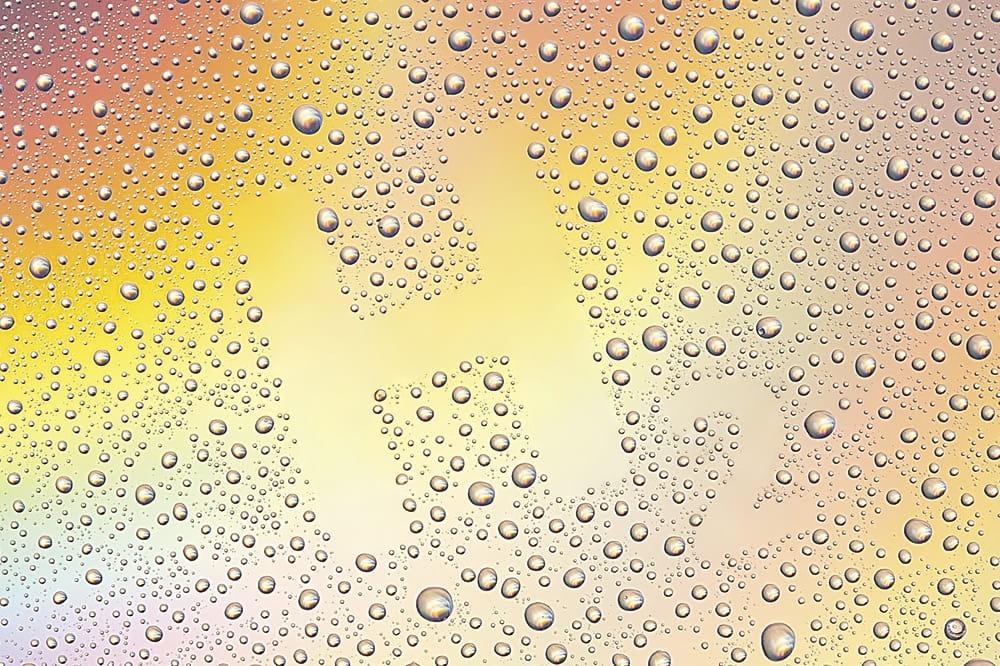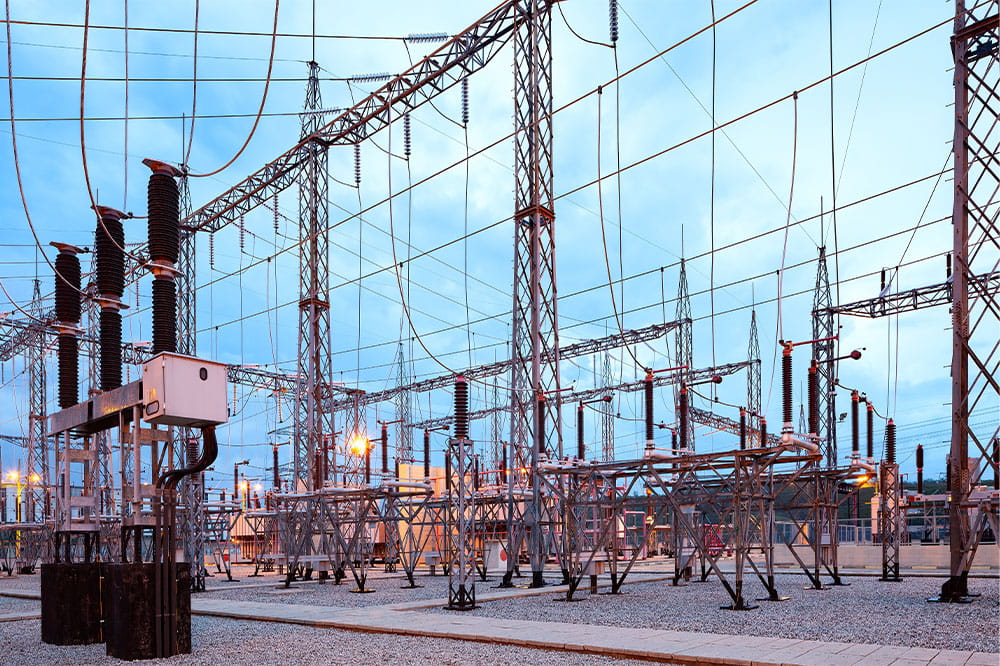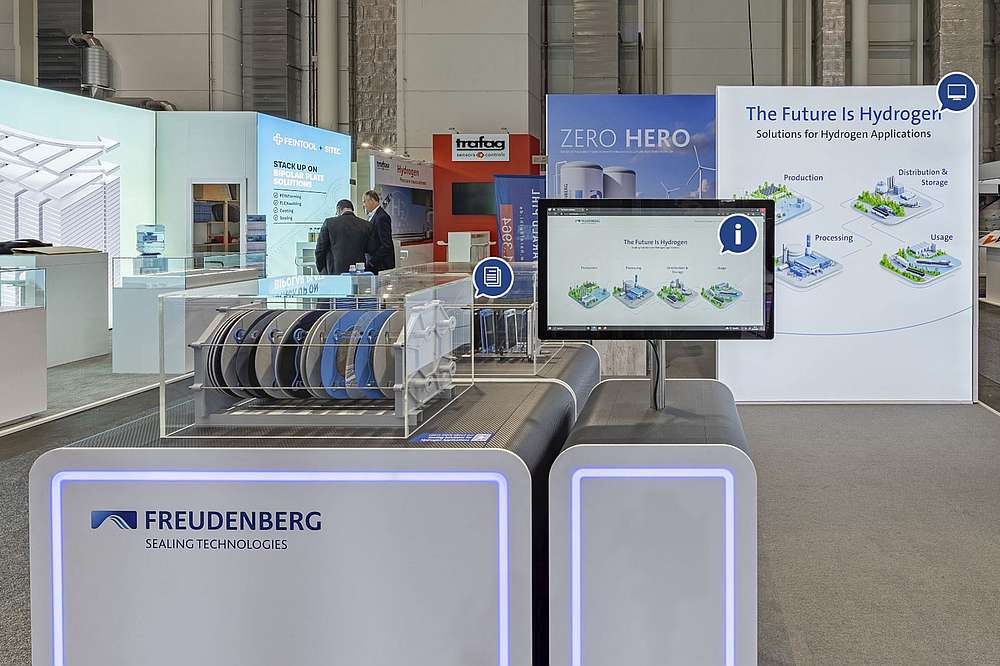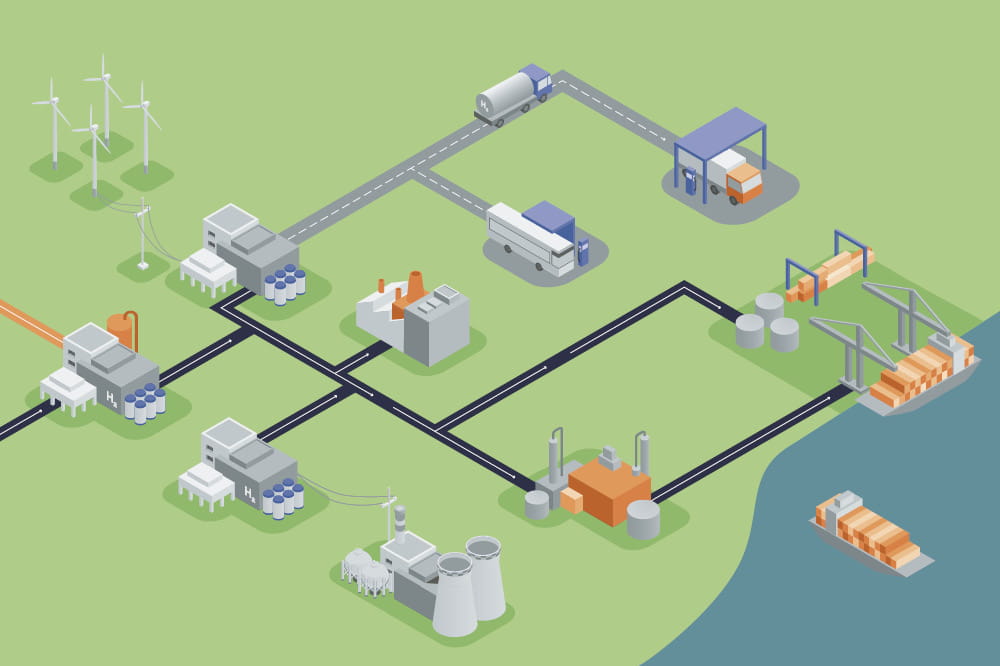Obtain news and background information about sealing technology, get in touch with innovative products – subscribe to the free e-mail newsletter.
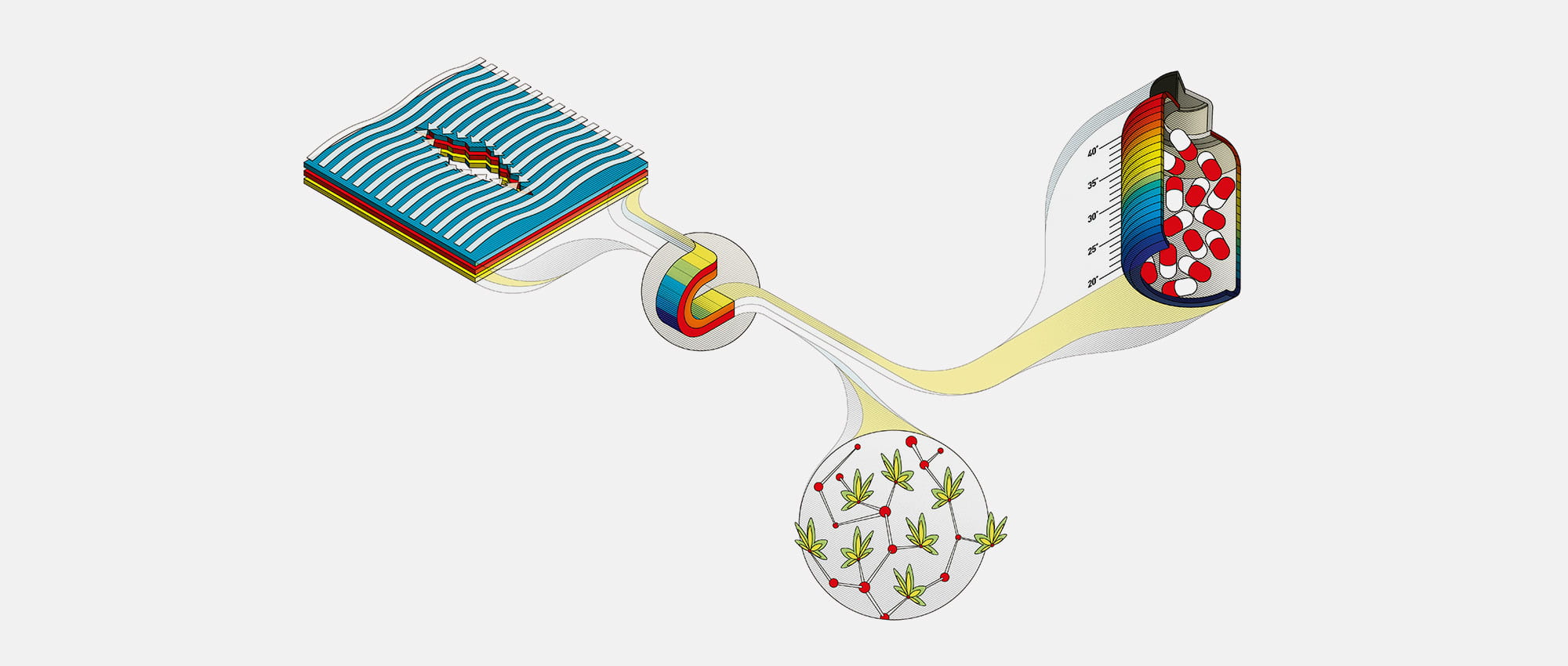
03.03.2020 | Story
C as in Carbon
In chemistry, the letter “C” stands for carbon, the most important base material in the production of plastics. The element doesn’t necessarily come from fossil resources. Scientists have been doing research on alternatives for a long time, and nature can be a source of inspiration for them.
In 1941, the U.S. magazine “Popular Mechanics” wrote about a car designer who built a vehicle out of hemp. The so-called “Hemp Car” had a steel frame, but wheat straw, sisal and hemp accounted for 70 percent of its materials. At barely 700 kilograms (about 1,540 pounds), it was comparatively light. Hemp was certainly an innovative material, but it ran into an obstacle: the “Marihuana Tax Act.” It made hemp more expensive and its cultivation unprofitable on an industrial scale. So much more could have resulted from this. After all, the designer of the hemp car was Henry Ford.
More Bio in Cars
Many years later, natural materials are again playing an important role in the auto industry. For example, in the mid-1990s, Mercedes-Benz replaced plastic in the E- Class’s door paneling with fiber mats made of flax and sisal. In 2013, BMW was not only charting a new course with its electric powertrain, but with a dashboard and door paneling made of natural fibers as well. In 2017, Fraunhofer Institute for Wood Research in Braunschweig and its partners started work on a “BioHybridCar.” It used natural fibers combined with carbon and glass fibers. The researchers want to manufacture body parts from bio-composite materials weighing 60 percent less than steel.
Self-healing Paint
It almost sounds like science fiction: Dr. Oliver Strube, a scientist at the Paderborn University, is doing research on a paint that repairs itself. “We’ve selected an automotive clearcoat for it,” he said. It is one of the painting approaches with extremely high quality standards. “In a traditional clearcoat, the polymer networks are irreversibly damaged when there is a scratch or other mechanical stress,” Strube said. With the new clearcoat, the bonds in the polymer network are expected only to loosen for a short period of time. When the force retracts, the bonds close again and the surface of the clearcoat remains intact. Special biomolecules make this innovative effect possible. “The really fascinating aspect of natural materials is the recognition that biology is well ahead of us in many areas,” Strube said. “Plants can form structures and create processes of synthesis that cannot be reproduced artificially.”
Temperature Becomes Visible
What if the color of plastic packaging changed with the temperature? It would make sense for the packaging for cold drinks to indicate the proper cooling temperature and for steaming hot drinks to display a warning about their contents. A color could also present the correct storage temperature for pharmaceuticals visually. At the Fraunhofer Institute for Applied Polymer Research, Dr. Volker Eberhardt is doing research on how this type of packaging can be created using natural, non-toxic, color-imparting additives. “There has been a rethinking in the plastics industry, moving away from petroleum-based products and toward renewable materials,” Eberhardt said. “This rethinking also involves functional aspects such as chromogenic effects.” So far, many of the conventional additives that are needed for color effects are not approved for contact with food. That’s why temperature indicators merely take the form of labels glued to the containers. “With natural raw materials, the thermochromic effect could occur not just on labels but as an actual component of the packaging,” Eberhardt said.
Plastics are our current focus. On single-use plastic as a burden on society – and how we can deal with the problem. And on the question of whether plastic can be a solution. You can find more on the topic “Plastic – Breakthrough and Burden” in the latest edition of our magazine ESSENTIAL.
More news on the subject Sustainability

Join Us!
Experience Freudenberg Sealing Technologies, its products and service offerings in text and videos, network with colleagues and stakeholders, and make valuable business contacts.
Connect on LinkedIn! open_in_new